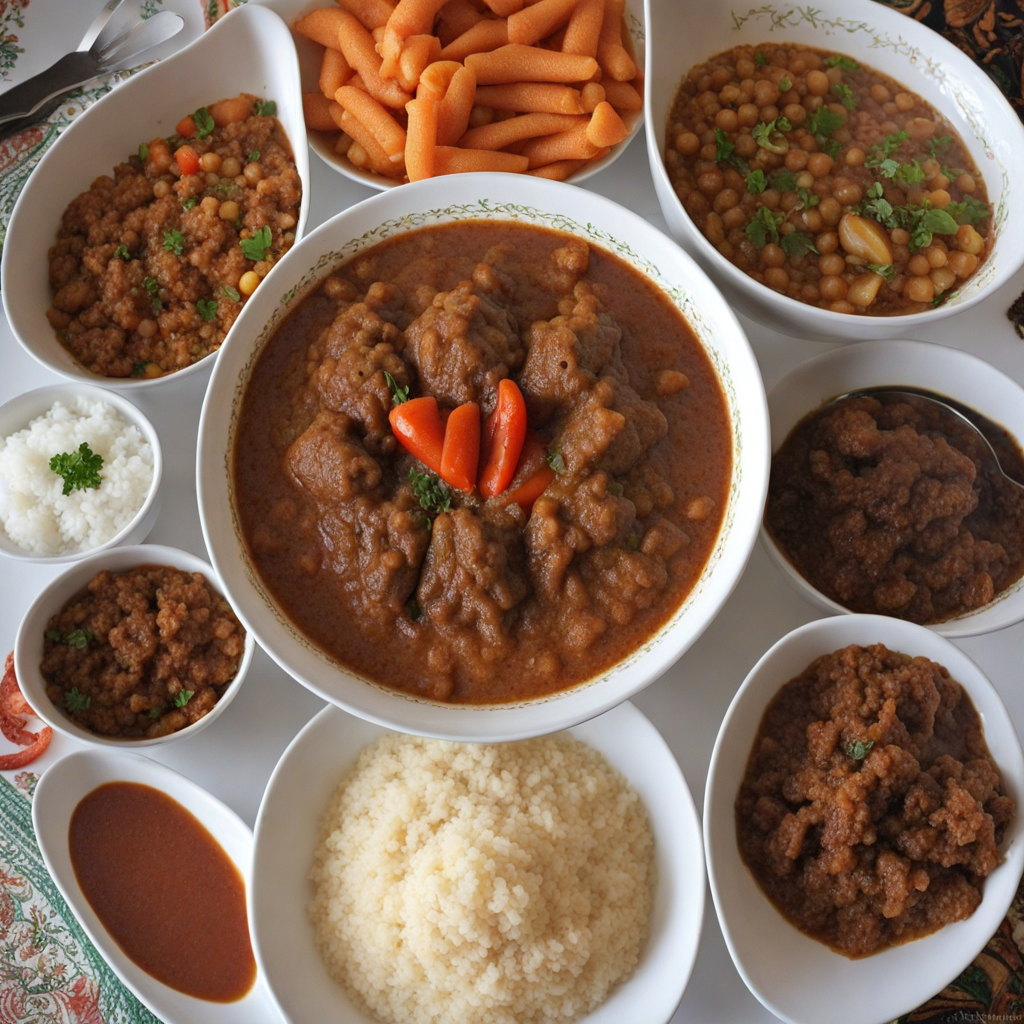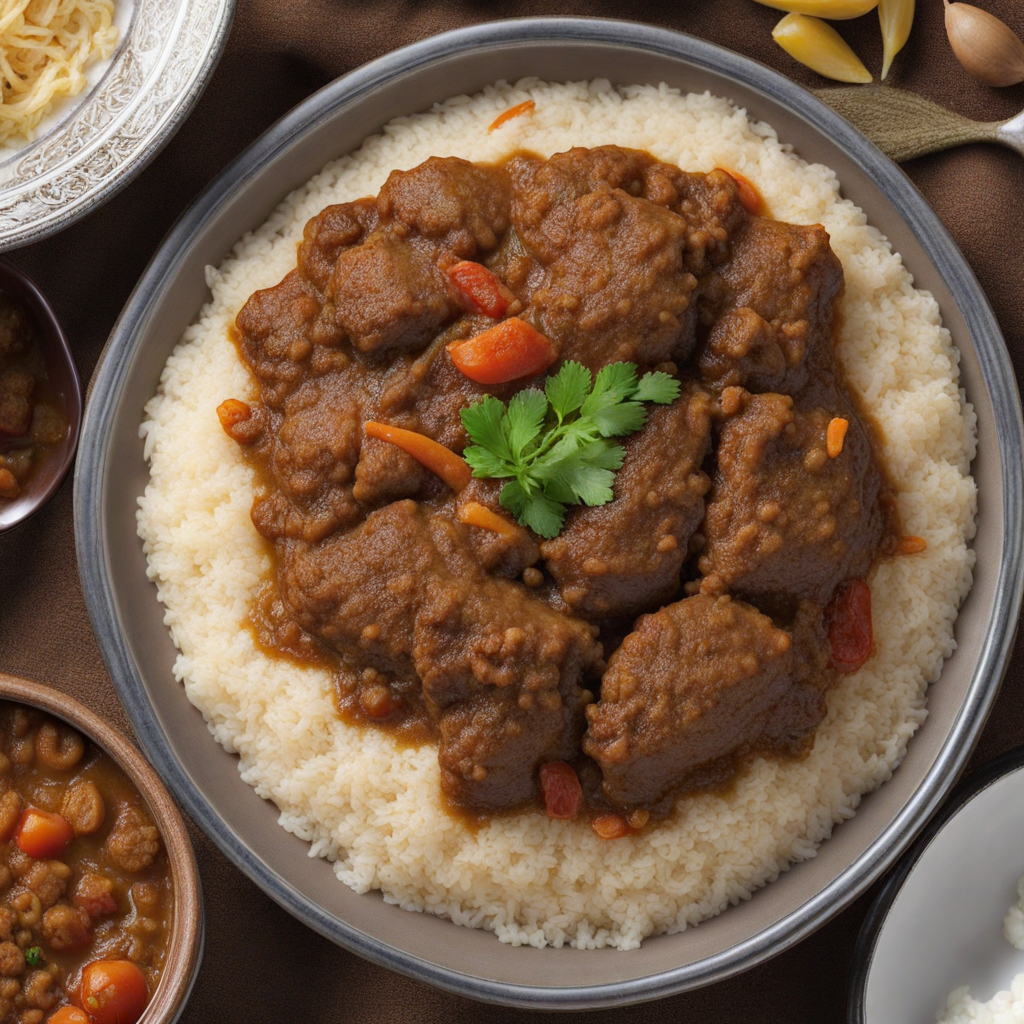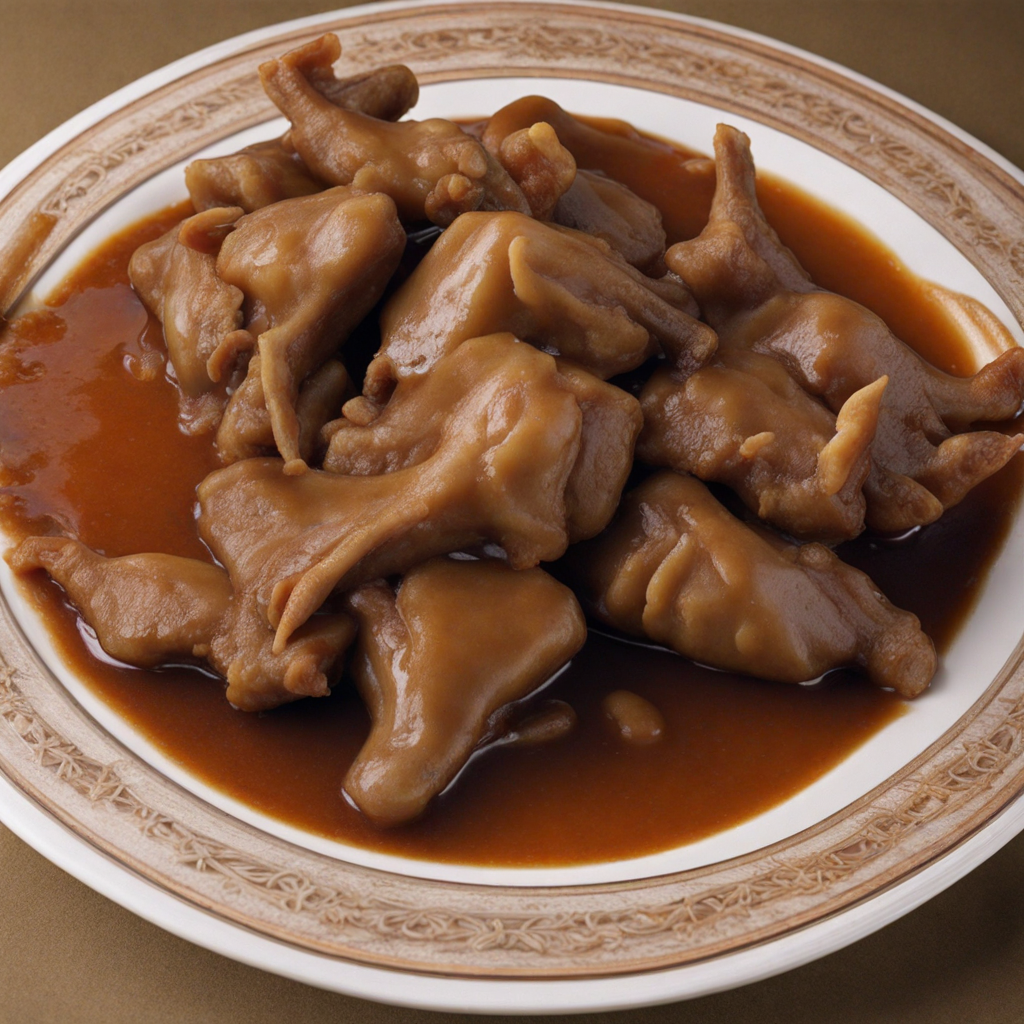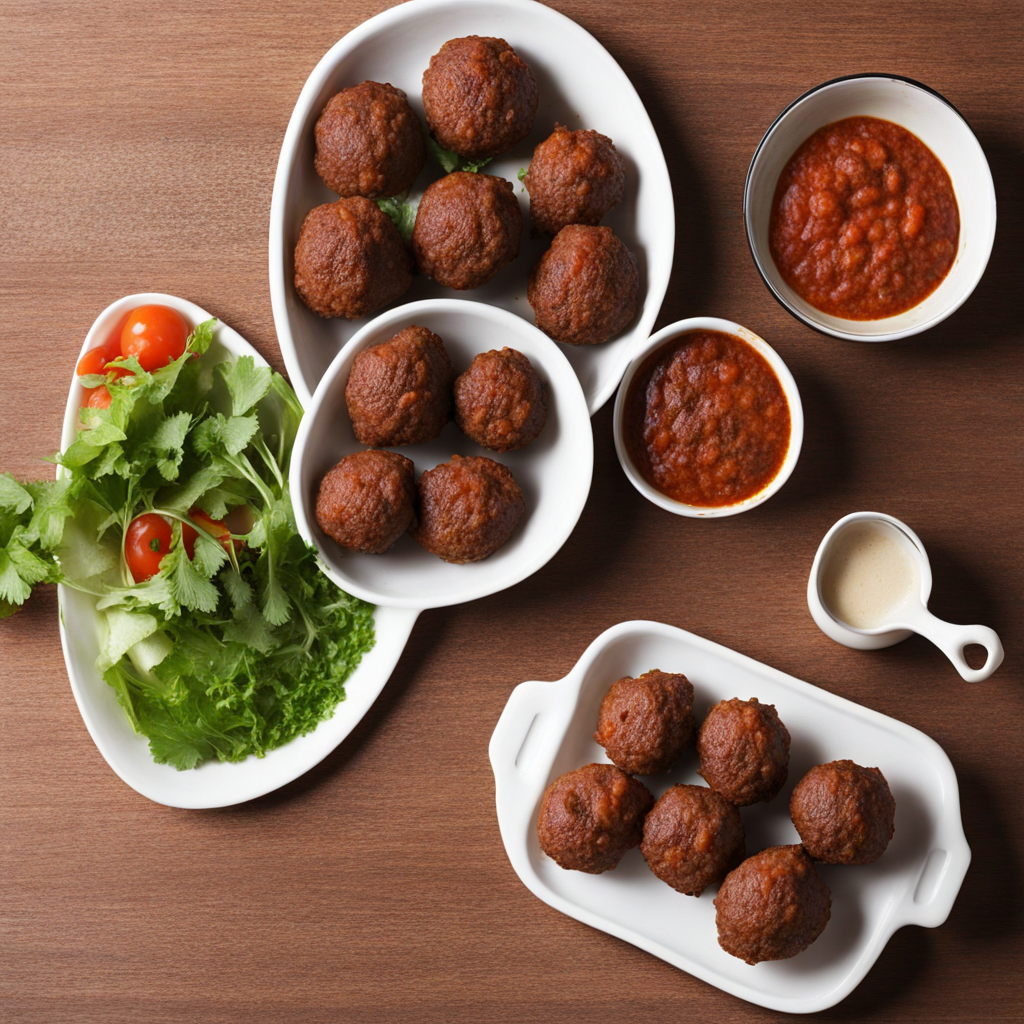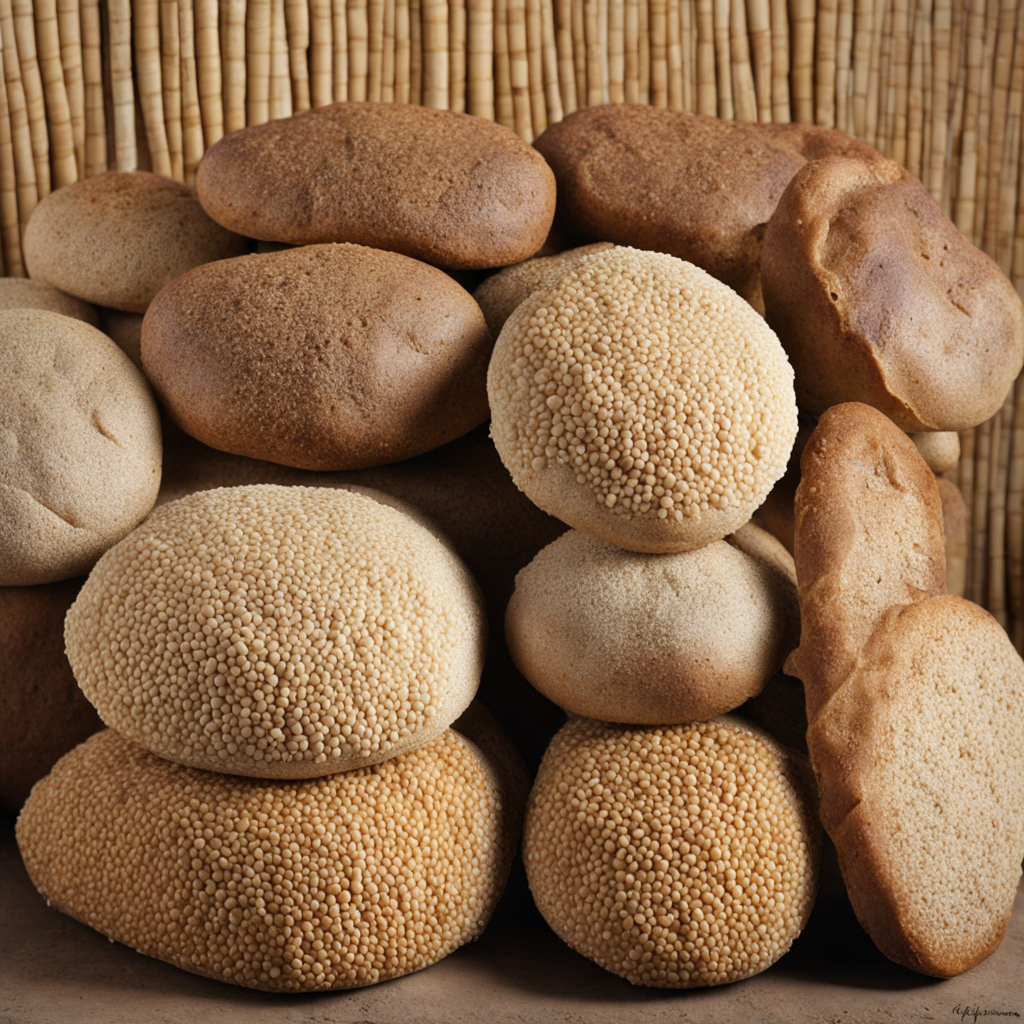Mulah
Mulah is a traditional Sudanese dish that captivates the senses with its rich flavors and vibrant colors. This hearty stew typically features a base of various vegetables, such as okra, tomatoes, and onions, often accompanied by a selection of proteins like lamb, chicken, or beef. The ingredients are simmered together, allowing their flavors to meld and create a warm, comforting dish that is perfect for sharing with family and friends. The slow-cooking process helps to develop a deep, savory taste that is both satisfying and nourishing. One of the standout aspects of Mulah is its unique blend of spices, which can vary depending on the region and the cook's personal touch. Common spices include cumin, coriander, and chili pepper, which add warmth and depth to the dish. The use of dried sour leaves, known as 'kudra,' is also a hallmark of this stew, imparting a distinct tangy flavor that sets Mulah apart from other stews. This delightful combination of spices and ingredients creates a harmonious balance that tantalizes the palate. Served hot, Mulah is often accompanied by a side of Sudanese bread, known as 'kisra,' or rice, allowing diners to enjoy the stew in a variety of ways. The bread acts as an excellent vehicle for scooping up the rich, flavorful stew, enhancing the overall dining experience. As you dig into this beloved dish, you’ll not only savor the complex flavors but also appreciate the cultural significance of Mulah within Sudanese cuisine—a true testament to the warmth and hospitality that characterizes Sudanese cooking.
How It Became This Dish
The History of ملاح (Mulah) in Sudan #### Origins and Early Development Mulah, or ملاح in Arabic, is a staple dish in Sudanese cuisine, characterized by its rich and varied flavors, as well as its ability to adapt to the ingredients available in different regions of Sudan. The origins of this beloved dish can be traced back to the ancient civilizations that flourished along the Nile, where agriculture became the backbone of society. The fertile banks of the Nile provided ideal conditions for cultivating staple crops such as sorghum, millet, and wheat, which formed the basis for various Sudanese dishes, including mulah. In ancient times, the indigenous peoples of Sudan relied heavily on locally sourced ingredients, and as trade routes developed with neighboring regions, new spices and cooking techniques began to influence Sudanese cuisine. The introduction of ingredients such as tomatoes, onions, and various leafy greens transformed the basic components of mulah, giving rise to the diverse varieties we see today. #### Cultural Significance Mulah holds a significant place in Sudanese culture, often regarded as more than just a meal. It embodies the spirit of hospitality and community, typically served during gatherings, celebrations, and religious observances. In Sudan, sharing food is a vital aspect of social life, and mulah is often the centerpiece of such communal occasions. The dish is traditionally served with a side of kisra, a fermented flatbread made from sorghum flour, which acts as a perfect accompaniment for scooping up the rich, flavorful stew. The cultural importance of mulah extends beyond its nutritional value; it is also a symbol of identity. Different regions in Sudan have their own variations of mulah, showcasing the country's rich ethnic diversity. For example, the Nuba Mountains, home to various ethnic groups, have their own unique takes on the stew, incorporating local ingredients and cooking methods. This regional variation not only highlights the diversity within Sudanese cuisine but also fosters a sense of pride among local communities. #### Ingredients and Preparation At its core, mulah consists of a stew made from a combination of meat, vegetables, and spices. The choice of protein can vary widely, with lamb, beef, chicken, or even fish being popular options. The vegetables often include okra, eggplant, and leafy greens, particularly molokhia (jute leaves), which is a favorite in many households. The spices used in mulah can range from mild to hot, depending on personal preference and regional traditions. Common spices include garlic, ginger, cumin, and chili peppers, which create a complex flavor profile that is both aromatic and satisfying. The preparation of mulah is a labor-intensive process that often involves several steps. First, the meat is simmered to tenderness, then the vegetables and spices are added, allowing the flavors to meld together. The stew is often thickened with ground nuts or seeds, providing a creamy texture that complements the dish. The final result is a hearty, nutritious stew that captures the essence of Sudanese culinary traditions. #### Evolution Over Time As Sudan's history has evolved, so too has mulah. The dish has adapted to changing social, economic, and political contexts. During the colonial period, for instance, the introduction of Western agricultural practices and new crops had an impact on local food systems. While some Sudanese embraced these changes, others remained committed to traditional methods of farming and cooking, leading to a blend of influences in modern Sudanese cuisine. In the post-colonial era, as Sudan faced political turmoil and civil conflict, the food landscape continued to evolve. The diaspora communities formed as a result of displacement have contributed to the global recognition of Sudanese cuisine. In cities around the world, Sudanese immigrants have introduced mulah to new audiences, often adapting the dish to incorporate local ingredients while maintaining its essential character. This has not only helped preserve the culinary legacy of Sudan but has also sparked interest in Sudanese culture and traditions beyond the borders of the country. #### Modern Interpretations and Globalization Today, mulah is gaining popularity beyond Sudan, thanks in part to the global culinary movement that celebrates authentic ethnic foods. As people become more interested in exploring diverse cuisines, Sudanese dishes like mulah are being showcased in restaurants and food festivals. Chefs are often experimenting with traditional recipes, infusing contemporary techniques while respecting the original flavors that define mulah. Social media has also played a significant role in this culinary renaissance. Food bloggers and influencers are sharing recipes and cooking videos, allowing a wider audience to discover and appreciate the nuances of Sudanese cuisine. This newfound attention is helping to preserve traditional recipes while also encouraging innovation in the kitchen. #### Conclusion Mulah is more than just a dish; it is a reflection of Sudan's rich history, diverse culture, and resilient spirit. From its ancient origins along the Nile to its modern interpretations in kitchens around the world, mulah embodies the heart and soul of Sudanese culinary traditions. As it continues to evolve, it remains a beloved staple that brings people together, fostering community and connection through the simple act of sharing a meal. Whether served at a family gathering, a festive celebration, or enjoyed in a bustling restaurant, mulah is a testament to the enduring power of food to transcend boundaries and unite people across cultures and generations.
You may like
Discover local flavors from Sudan


